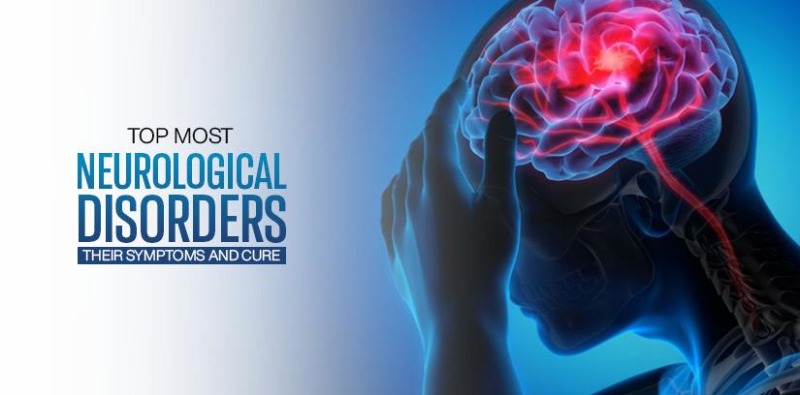The field of neuroscience has made remarkable progress in understanding the brain and its complex functions, leading to innovative treatments for neurological diseases. As researchers continue to explore neural circuits and their role in brain function, platforms like NeuronBank have become invaluable tools. NeuronBank, a centralized database for cataloging neurons and their connections, has applications that extend beyond basic research.
It offers significant potential in medicine and the treatment of neurological diseases by providing a comprehensive resource for identifying neurons, mapping neural circuits, and understanding their roles in disease processes. This article explores the various applications of NeuronBank in the medical field and how it can be used to improve the diagnosis, treatment, and management of neurological disorders.
Role of NeuronBank in understanding Neurological diseases
Neurological diseases, such as Alzheimer’s disease, Parkinson’s disease, epilepsy, and multiple sclerosis, often stem from dysfunctions in neural circuits. These conditions are frequently characterized by the degeneration or abnormal functioning of specific neurons, leading to symptoms such as memory loss, movement disorders, or seizures. The ability to precisely map and understand neural circuits is critical to developing targeted therapies for these conditions.
NeuronBank provides a platform where researchers can catalog neurons and their synaptic connections across different species. This information is crucial for identifying which neurons are affected in specific neurological diseases.
By comparing healthy neural circuits to those impacted by disease, scientists can pinpoint where abnormalities occur, leading to a deeper understanding of the disease’s underlying mechanisms. This, in turn, helps in the development of more effective treatments.
Diagnostic applications of NeuronBank
One of the primary applications of NeuronBank in medicine is its potential to improve the diagnosis of neurological diseases. Neurological conditions are often difficult to diagnose because their symptoms can overlap with other disorders. For instance, many neurodegenerative diseases share common symptoms, such as cognitive decline or motor impairment.
Accurately diagnosing these conditions requires a deep understanding of the neural circuits involved and how they are altered in disease states.
NeuronBank can help address these challenges by providing a detailed repository of neuron types and their connections. Physicians and neurologists can use this information to better understand the specific neural circuits that may be malfunctioning in a patient.
For example, by studying neuron data in NeuronBank, a neurologist might identify which parts of a patient’s neural network are affected, aiding in the diagnosis of diseases like epilepsy or Parkinson’s disease. This type of precision in diagnosis can lead to earlier intervention and more personalized treatment plans.
NeuronBank in drug development and treatment innovation
Another key application of NeuronBank in neurological disease treatment is its role in drug development. Developing drugs to treat neurological diseases is often challenging due to the complexity of the brain and the difficulty in targeting specific neurons or circuits.
Many neurological diseases, such as Alzheimer’s and Parkinson’s, have complex etiologies that involve multiple neurons and pathways. Understanding how these neurons interact and which ones are most affected by the disease is critical for creating effective treatments.
NeuronBank allows researchers to study the neural circuits involved in these diseases at a granular level. By analyzing data on neuron types and their connections, pharmaceutical researchers can identify potential targets for drug therapies.
For instance, in Alzheimer’s disease, specific neurons in the hippocampus are often affected by amyloid plaques and tau tangles. Using NeuronBank, researchers can study the exact circuits involved and develop drugs that specifically target these neurons to halt or reverse disease progression.
Applications in Neuromodulation therapies
Neuromodulation therapies, such as deep brain stimulation (DBS) and transcranial magnetic stimulation (TMS), have emerged as promising treatments for various neurological disorders, including Parkinson’s disease, depression, and chronic pain.
These therapies involve the use of electrical or magnetic stimulation to modulate the activity of neural circuits. For neuromodulation therapies to be effective, it is crucial to accurately target the neural circuits involved in the condition.
NeuronBank can play a vital role in improving the efficacy of neuromodulation therapies by providing a detailed map of the brain’s neural circuits. Researchers and clinicians can use NeuronBank to identify the specific neurons and circuits involved in a patient’s disorder and tailor the neuromodulation therapy to target those circuits.
For example, in Parkinson’s disease, DBS is often used to stimulate specific areas of the brain involved in motor control. NeuronBank’s detailed data on neural circuits can help clinicians fine-tune the therapy to optimize patient outcomes.
Personalized medicine and treatment plans
The concept of personalized medicine has gained significant traction in recent years, particularly in the field of oncology. However, the application of personalized medicine to neurological disorders is still in its infancy. NeuronBank has the potential to revolutionize this approach in neurological disease treatment by providing detailed information on the neural circuits involved in each patient’s condition.
By using NeuronBank, physicians can develop personalized treatment plans based on the specific neural circuits affected in a patient. For example, in a patient with epilepsy, NeuronBank could help identify the precise neural pathways responsible for the seizures.
This information could then be used to tailor treatments, such as anti-seizure medications or surgical interventions, to the patient’s unique neural architecture. Similarly, in conditions like multiple sclerosis, where neural circuits are damaged by the immune system, NeuronBank could help identify which circuits are most affected and guide the selection of therapies to preserve or restore function.
Advancing research in Neuroplasticity and rehabilitation
NeuronBank also holds significant promise for advancing research in neuroplasticity, the brain’s ability to reorganize and form new neural connections in response to learning, injury, or disease. Neuroplasticity is a critical factor in the recovery of patients who have suffered neurological damage due to stroke, traumatic brain injury, or neurodegenerative diseases.
By providing a comprehensive database of neural circuits, NeuronBank can help researchers better understand how neuroplasticity occurs and which neural circuits are most capable of reorganizing. This information can be used to develop more effective rehabilitation therapies that encourage neuroplasticity and improve recovery outcomes for patients.
Conclusion
NeuronBank has significant applications in medicine and the treatment of neurological diseases. From improving diagnostic accuracy to advancing drug development and neuromodulation therapies, NeuronBank offers a wealth of data that can be used to enhance the understanding and treatment of complex neurological conditions.

